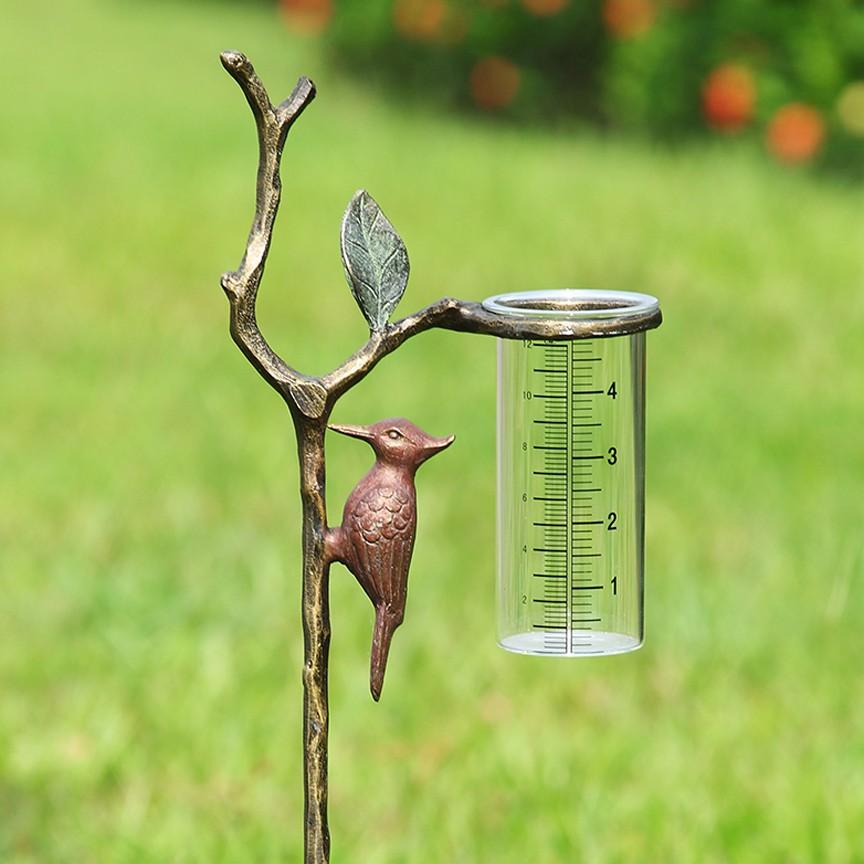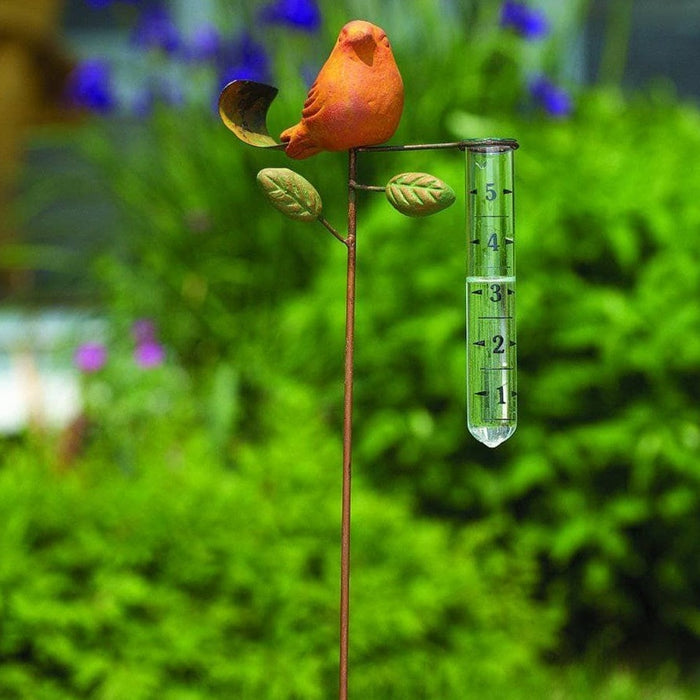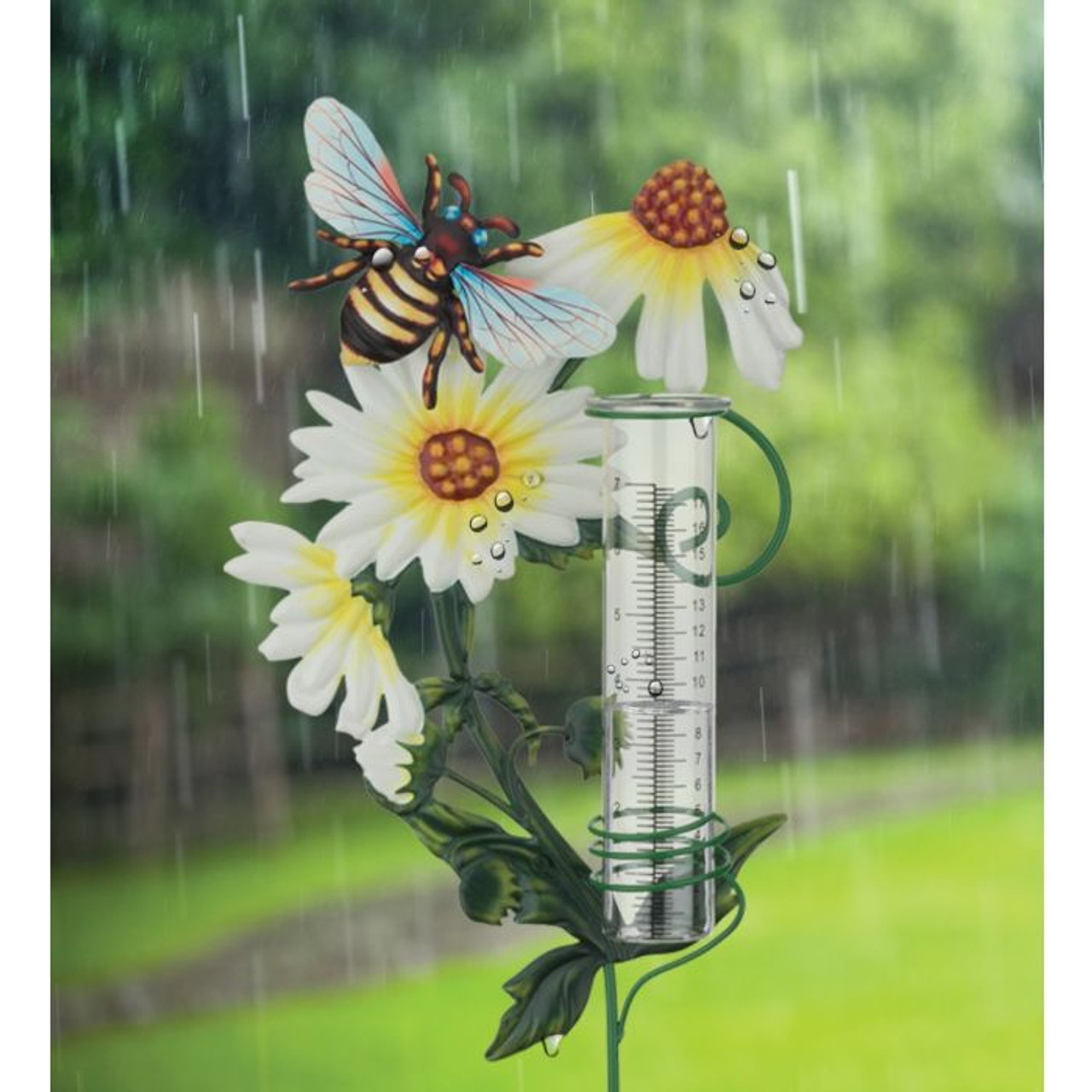The Rain Gauge: A Comprehensive Guide to Accurate Weather Condition Dimension
The Rain Gauge: A Comprehensive Guide to Accurate Weather Condition Dimension
Blog Article
How to Select the Right Rainfall Scale for Accurate Rain Information
Accurate rainfall information is crucial for different markets and tasks, such as agriculture, weather forecasting, and water resource management. To obtain reputable measurements, it is necessary to select the appropriate rain scale. This overview intends to supply important understandings right into the choice process, allowing you to make informed choices. Considering factors such as area, kind, and precision of the rain gauge will aid ensure precise data collection. Additionally, understanding the upkeep and calibration procedures will add to the long life and dependability of your rain scale. By adhering to these guidelines, you can guarantee precise rainfall information, allowing better decision-making and preparation for numerous applications.
Value of Selecting the Right Rain Scale
The value of choosing the ideal rain scale hinges on getting specific and reputable rains data for precise atmospheric evaluation. Rainfall information is vital for a vast array of applications, including climate forecasting, hydrological modeling, and climate research. Unreliable or imprecise data can bring about erroneous final thoughts and flawed decision-making processes.

Secondly, the precision and accuracy of the rain scale are extremely important. The gauge should be able to gauge rains with high precision, capturing even percentages of rainfall properly. It must also decrease mistakes because of evaporation, wind, and various other ecological elements. Regular calibration and upkeep are necessary to ensure ongoing accuracy.
Moreover, the location and setup of the rain gauge are crucial factors to consider. It ought to be positioned in an open area, far from obstructions that could impact rainfall measurements. The scale ought to be placed at a suitable elevation and angle to prevent spilling and guarantee correct catchment of rainwater.
Factors to Take Into Consideration When Selecting a Rainfall Gauge
When picking a rain scale, there are a number of crucial factors to think about. These variables can considerably influence the precision and reliability of the rainfall data collected. The first element to take into consideration is the type of rain scale. There are various types available, consisting of common rain evaluates, tipping bucket rainfall determines, and weighing rainfall determines. Each type has its own benefits and drawbacks, so it is very important to select one that finest matches your details needs and requirements.
An additional element to take into consideration is the product of the rainfall gauge. Rain gauges can be made of numerous materials, such as steel, glass, or plastic. The material chosen should be resistant and durable to weather, making sure that the rain gauge will certainly withstand the elements and offer precise measurements over time.
Precision is additionally a crucial variable to think about. Try to find rain gauges that have actually been adjusted and evaluated for precision. Features such as anti-splash rings and funnels can additionally enhance the accuracy of the dimensions.

Finally, think about the climate and setting in which the rainfall scale will certainly be made use of. Various rainfall determines appropriate for various environments, so it is necessary to select one that is suitable for the problems in your area.
Various Sorts Of Rain Evaluates Available
To additionally discover the elements to consider when selecting a rainfall gauge, it is very important to understand the different kinds of rainfall assesses available. There are a number of kinds of rain assesses, each with its very own advantages and downsides. One of the most common type is the basic rainfall scale, additionally called the cylindrical rainfall scale. This kind contains a straight-sided cylindrical container with a funnel-shaped top. It is easy to utilize and provides precise dimensions of rainfall.
One more type of rainfall gauge is the tipping pail rainfall gauge. As the rainfall drops into the gauge, it loads up my review here one side of the bucket, creating it to tip and clear the water.
A third type of rainfall gauge is the considering rain scale. This scale uses an equilibrium system to determine the weight of the accumulated rainfall. As the rainfall falls under the scale, it is collected in a container linked to an equilibrium. The weight of the water is determined, and the rainfall quantity is calculated based upon the weight. Weighing rainfall evaluates are very accurate but can be more pricey and need regular upkeep.
Ultimately, there are also remote rain determines that usage advanced modern technology to measure rains (The click over here now Rain Gauge). These determines use sensors and transmitters to send out data wirelessly to a central device. Remote rain evaluates are hassle-free for checking rains in hard-to-reach areas or for massive information collection
Just How to Identify the Precision of a Rainfall Gauge
One way to assess the accuracy of a rainfall scale is by conducting routine calibration dimensions. Calibration involves comparing the readings of a rain scale to a conventional measurement, such as a licensed rainfall scale or a weather condition terminal with high precision. By contrasting the dimensions, any kind of discrepancies or inaccuracies in the rain gauge can be determined and represented.
To carry out a calibration dimension, begin by gathering rainfall data from both the rainfall gauge and the standard measurement device over a details amount of time, such as a month. Contrast the analyses and calculate the distinction in between them. This distinction is recognized as the calibration error.
It is crucial to note that calibration measurements should be performed frequently, as environmental factors, such as wind, temperature her response level, and particles, can affect the precision of the rain gauge with time. By conducting regular calibrations, any kind of modifications in the accuracy of the rainfall gauge can be spotted and changes can be made appropriately.
In enhancement to calibration, it is likewise recommended to tidy and maintain the rainfall gauge on a regular basis to ensure its precision. Remove any kind of debris or blockages that may affect the precision of the measurements, and examine for any type of indicators of damage or put on that may require fixings or replacement.
Tips for Keeping and Calibrating Your Rainfall Gauge
Routine upkeep and calibration are essential for guaranteeing the accuracy and integrity of your rain scale in measuring rainfall information (The Rain Gauge). By following a few straightforward suggestions, you can make certain that your rain scale is appropriately maintained and calibrated
To start with, it is important to cleanse your rainfall gauge on a regular basis to stop any type of particles or dirt from blocking the rain collection device. Use a light cleaning agent and a soft brush to carefully cleanse the within and outside of the gauge. Wash it extensively with clean water and permit it to dry totally prior to re-installing it.
Secondly, it is recommended to calibrate your rain scale at the very least yearly. Calibration includes contrasting the dimensions of your rainfall scale with those of a trusted and precise recommendation gauge. This will assist you determine and remedy any prospective mistakes in your rainfall gauge's measurements.
To calibrate your rain scale, collect a known volume of water using a determining container and compare it with the measurements taped by your rainfall gauge. Readjust the readings as necessary to make certain precision.

Final Thought
In verdict, selecting the best rainfall scale is important for getting accurate rainfall data. Aspects such as location, budget, and function should be thought about when picking a rainfall scale.
There are various kinds readily available, consisting of conventional rain gauges, tipping bucket rainfall assesses, and evaluating rainfall determines.To even more discover the factors to think about when selecting a rain gauge, it is essential to comprehend the various kinds of rainfall determines readily available. The most common kind is the basic rain scale, additionally recognized as the round rain gauge.Another kind of rainfall gauge is the tipping bucket rain scale. Calibration entails contrasting the analyses of a rainfall gauge to a conventional measurement, such as a certified rain scale or a climate terminal with high precision.
Report this page